Product marking is a widely used method globally. Almost all kinds of manufacturers utilize it for brand and product recognition. It plays a significant role and has a wide range of applications in various industries. Including food and beverage, makers use it in marking automotive parts, electronics, and pharmaceuticals. It lets you create barcodes, text, and QR codes. This facilitates rapid identification.
If we discuss the importance of product marking, its significance is boundless. It is a legal rule for professional work. Additionally, it allows you to identify genuine products. In today’s world, we are surrounded by fake products, which is a very common visual. To address this issue, product marking plays a significant role in verifying the authenticity of each item.
What is Product Marking?
Product marking refers to the process of compiling logos, marks, and numbers on products. It is a labeling or engraving process on packaging. People use it for different purposes. The primary reason for its widespread application is identification and traceability. Besides, you can use marking to state compliance with standards.
Typically, the mark you print on these items indicates the supplier’s name or the product’s information. As mentioned before, you can make model numbers, serial numbers, dates, or QR codes. In some cases, marking may show safety instructions. For example, CE, UL, IATF, RoHS, and could highlight the country of origin. This way, you can assure your client that using these products will meet their needs. Additionally, the quality you maintain meets the international standard required by law, the IAF, or ILAC.
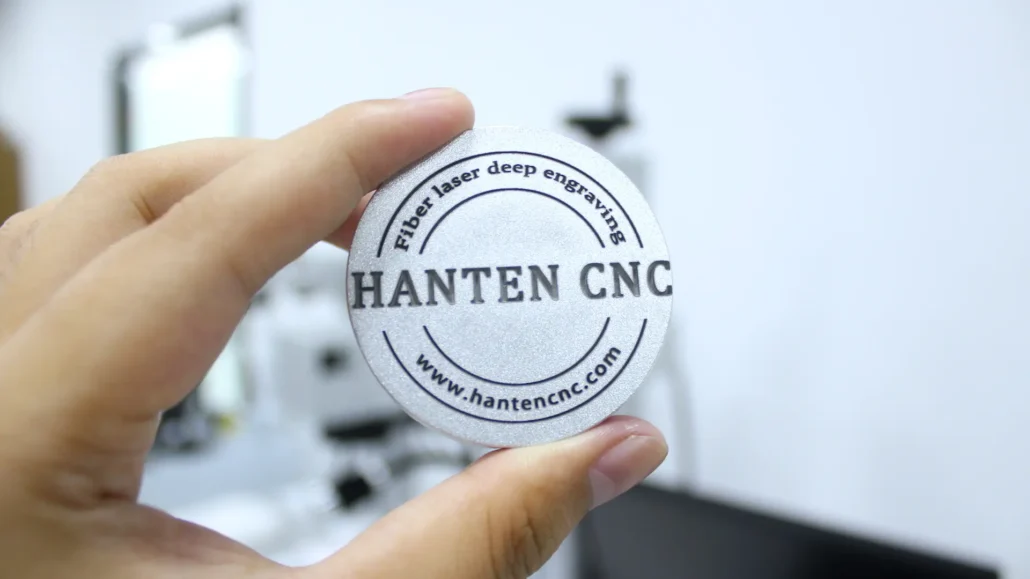
You can do this product marking in several ways. It includes laser etching, inkjet printing, thermal transfer printing, and dot peening marking. Each method has different principles and working procedures. Mostly, it depends on the project’s needs. Besides the level of detail, materials, and durability, these also vary with the methods. Therefore, your choice depends on your specific requirements.
Common Types of Product Marks
There are various types of product markings. Among them, we will discuss the most common types in the following sections.
CE Marking
CE (Conformité Européenne) marking is a widely recognized certification method. This marking system is applicable within the European Economic Area (EEA). Here, EEA stands for European Economic Area. CE labeling ensures that each marking fulfills EU safety, health, and environmental protection requirements. That’s why most people use it in medical devices and machinery items.
UKCA Marking
UKCA is a UK (United Kingdom) oriented marking system. This marking follows the precautions and regulations of the UK government. It applies all the safety and eco-friendly measures during marking. This method finds its application in the fields of electrical and construction materials. People sell these products in Great Britain (England, Wales, and Scotland).
ETL Mark
The ELT mark, as certified by Intertek, complies with all safety standards of North America. This marking ensures that each product has been tested and certified. It involves the jurisdiction of AHJs. Additionally, it is a well-established method in the US, Canada, and worldwide.
CSA Marking
CSA is also a popular marking type that certifies Canadian safety regulations. This marking ensures that each device and material functions perfectly. ANSI, UL, NSF, and other international organizations approve this mark for its quality assurance. For this reason, it has a significant application in mechanical and gas-fired items.
FCC Marking
FCC marking, also known as FCC labeling, is commonly used to identify and label electrical items. This marking is certified by the US government. It works for electromagnetic interference. So, you can find these marking telecommunications devices. It could be television, radio, cable, satellite, or other similar services.
TUV Mark
The German testing organization issues the TUV mark. This mark is associated with TUV Rheinland. It certifies that every product has undergone testing, quality assurance, and compliance checks. For this reason, the TUV mark has worldwide recognition. It serves in marking heavy machinery and automotive parts.
VDE Mark
VDE is also a German certification mark. Particularly, electrical and electronic items utilize it for marking. In this process, all safety rules and quality assurance measures are strictly followed. Utilizing it will be an effective marketing tool to attract more customers.
SASO Safety Mark
The term “SASO marking” refers to the Saudi Standards, Metrology, and Quality Mark (SSQM). This mark ensures that it follows Saudi standard quality specifications. By using this mark, you can ensure that every product has undergone testing and other relevant observations. Thus, you can enhance the confidence of all clients and establish yourself as a reliable supplier.
ENEC Mark
ENEC is a European certification mark used to identify electrical products. It implies European safety standards (ENs). This mark is widely recognized and well-known among makers. Often, people use this mark to cover the performance criteria of some products. It includes lighting gadgets, switches, and other things.
Different Methods of Product Marking
You have already gone through various types of product marking. Let’s check out the popular method of product marking.
#1 Laser Marking
Laser marking is a widely used method for marking different types of materials. This method uses a high-energy beam to create markings on the surfaces. When the laser encounters the surface, it starts creating designs, logos, or textures. During this process, it does not come into contact with the underlying materials.
There are different kinds of laser marking technology. These include techniques such as carving, foaming, annealing, and colour change. As it is a computer-controlled method, you can get the exact form or shape of textures. Its excellent working ability is another reason for its widespread popularity. Perhaps this is why laser marking is found in almost all industries.
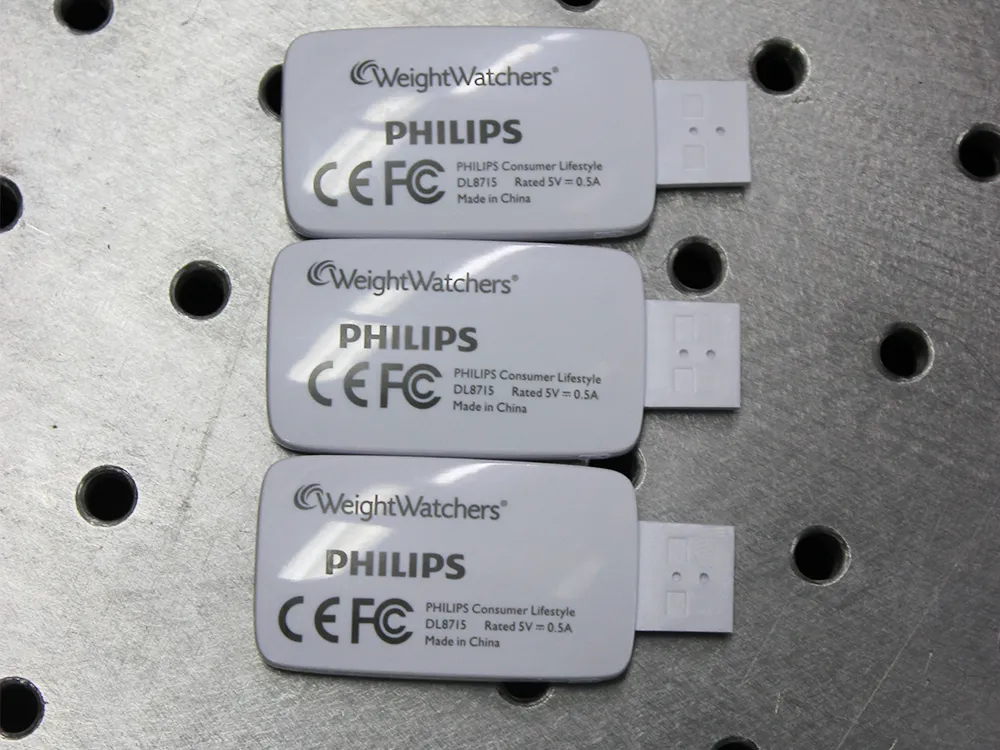
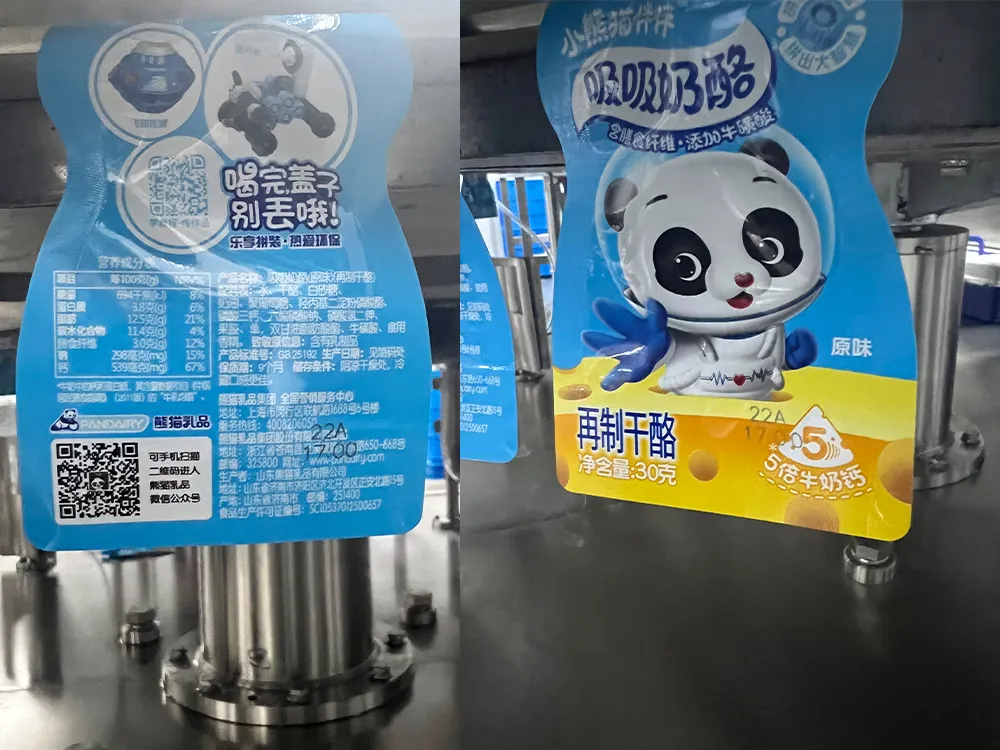
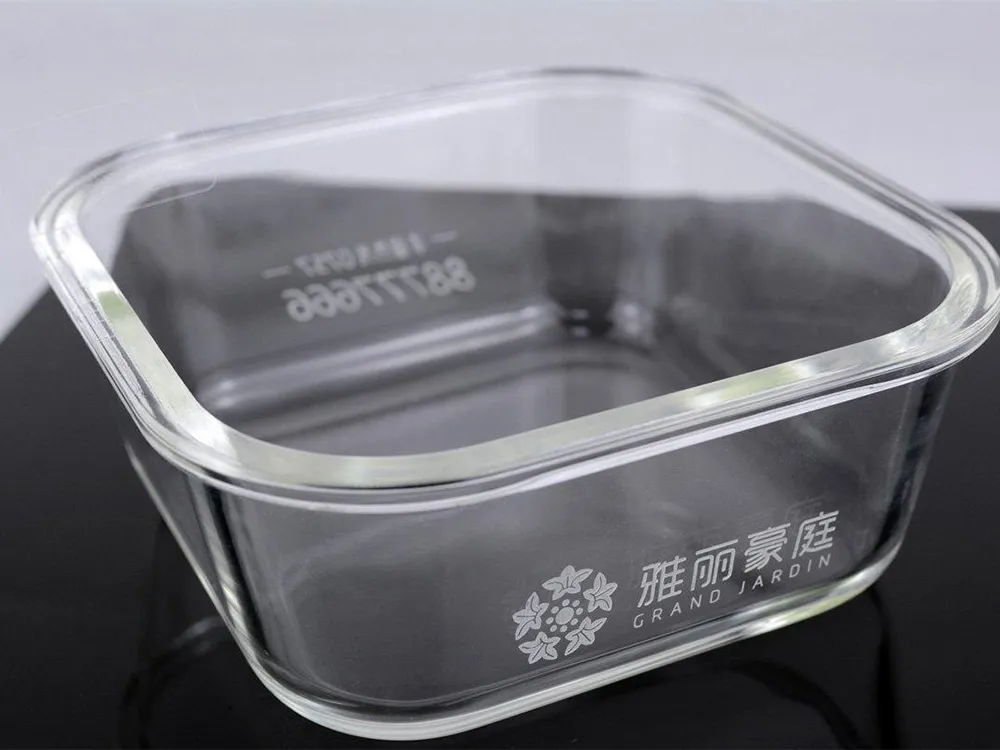

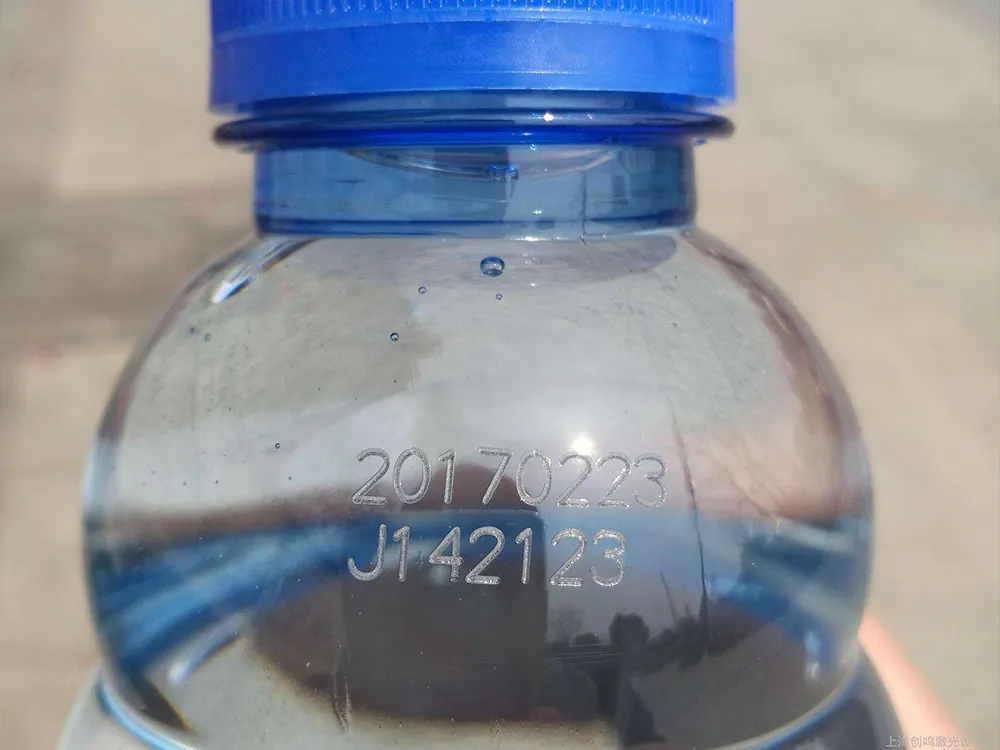
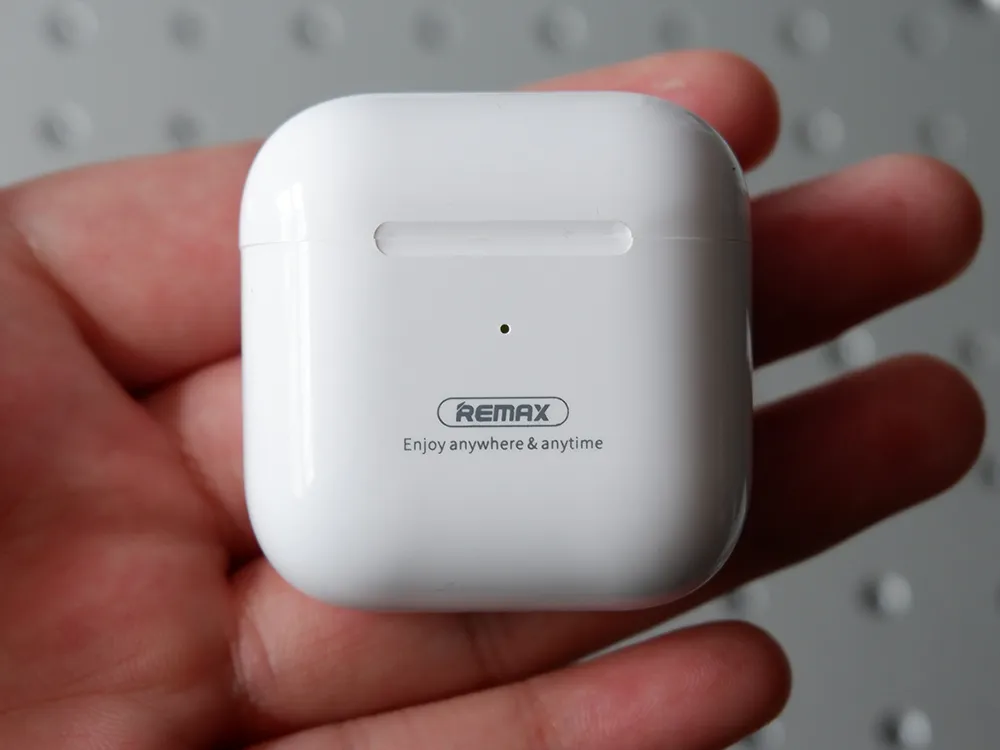
#2 Dot Peen Marking
Dot peen marking, or micro-percussion, is an industrial marking method. It employs a sharp stylus or pin that hits the surface. This striking action results in the formation of dots. Later on, these dots are used to create the design, textures, marks, or logos.
This method is also a computer-operated process that controls the stylus’ movements. Using it will increase precision and efficiency when marking. Another advantage is that it ensures a long-lasting mark on even tough materials. You can use it to create numbers, barcodes, production dates, etc.
#3 Inkjet Printing
Inkjet printing is a contact-free marking process. It utilizes tiny droplets of ink that spray onto the surface of products. This ink is dispensed from a nozzle in a precise amount, controlled by software, which allows you to mark up quickly on the surface of a material. You can create batch numbers, production numbers, and expiry dates using it.
There are two types of inkjets: continuous inkjet (CIJ) and drop-on-demand (DOD). Both are famous and have specific applications based on working efficiency.
#4 Electro marking
It is a method of permanently marking conductive metal. To achieve this, it utilizes a combination of electrolytic solutions and an electric current simultaneously. Additionally, a stencil eases the entire marking process.
Here, a solution flows through a stencil for marking. After that, when the current passes, it creates a dark, durable mark on the surface. It leaves a clean and smooth print, as per the design requirements. Moreover, electro-marking is a low-cost and precise choice. However, using it carries a risk of damaging the material.
#5 Stickers
Stickering is a standard and cheaper marking process. Nearly all manufacturers use this method to identify their companies or describe their products. But this method is not durable. Therefore, maintaining long-term reliability is not possible with these devices.
With the help of a printer, manufacturers write down the information on paper. Afterward, they apply it as a label to the material’s surface. This label may include barcodes, numbers, safety warnings, and other product specifications.
If you want any customization, you can make it easily. Additionally, producing these items in bulk will be straightforward. It has a wide range of applications in cosmetics, retail, food, and beverages.
#6 Other Methods
Apart from these methods, there are other significant ones too. These are thermal transfer, embossing, debossing, stamping, engraving, and hand marking. All of these approaches are well-known marking procedures.
Thermal transfer marking works better for high-resolution designs and utilizes high-temperature tactics. You can use it for marking ribbons, plastics, and paper.
Embossing and debossing are mechanical methods suitable for packaging and labeling.
Stamping utilizes a die to press, making it ideal for marking plastics and metals. Additionally, you can use it to mark nameplates or jewelry items as well.
Hand marking is a manual marking method. People prefer it for small-scale projects and custom product designs. It’s not the perfect choice for detailed and large projects.
Why Choose Laser Markers for Product Marking?
Laser marking offers numerous advantages over other methods. This method offers you multiple flexibility during the marking procedures. It is quick, exact, and effective for each type of material. You can work on glass, metal, ceramics, and plastics swiftly.
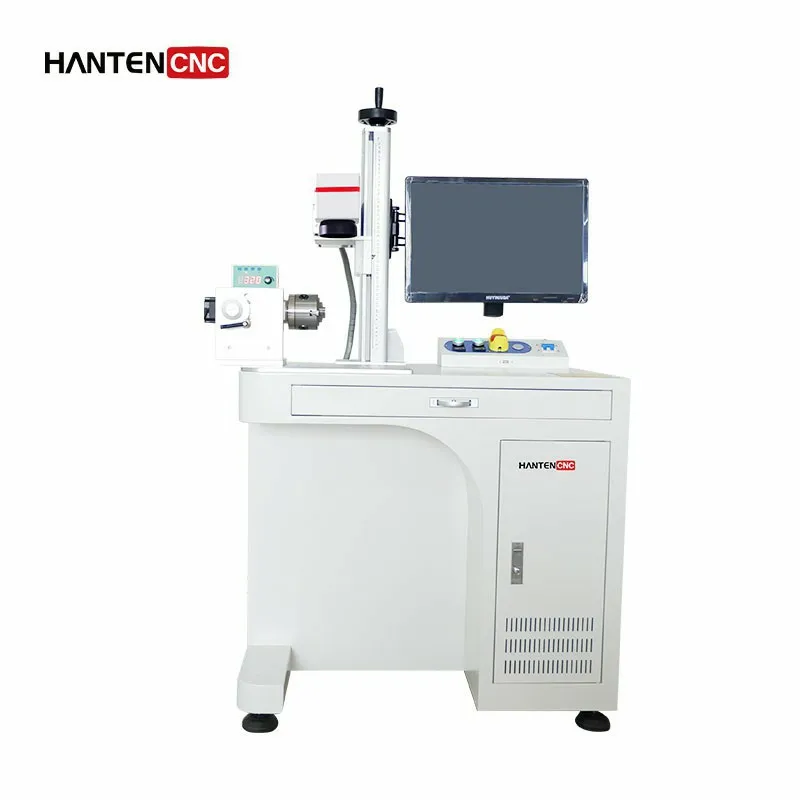
Furthermore, using it will yield detailed and consistent output for complex designs. As you are aware, this is a non-contact method, ensuring that it won’t damage the material beneath.
In contrast, traditional methods are hazardous to health and not eco-friendly. They are incapable of providing fast and rigorous results. Overall, laser marking is a long-lasting and reliable process, making it the best solution for all types of industrial work. After considering these factors, you won’t regret choosing it over other traditional methods.
Summary
The discussion above has so far outlined the various types and methods of product marking. To experience something better, people should opt for laser marking. It’s a modern tool to produce fast, clear, and smooth marks. It requires lower maintenance and is a wise choice, which proves beneficial in the long term.
If you have further questions regarding this topic, don’t hesitate to contact us. HentenCNC is always by your side; we’re pleased to help you whenever you need us.
